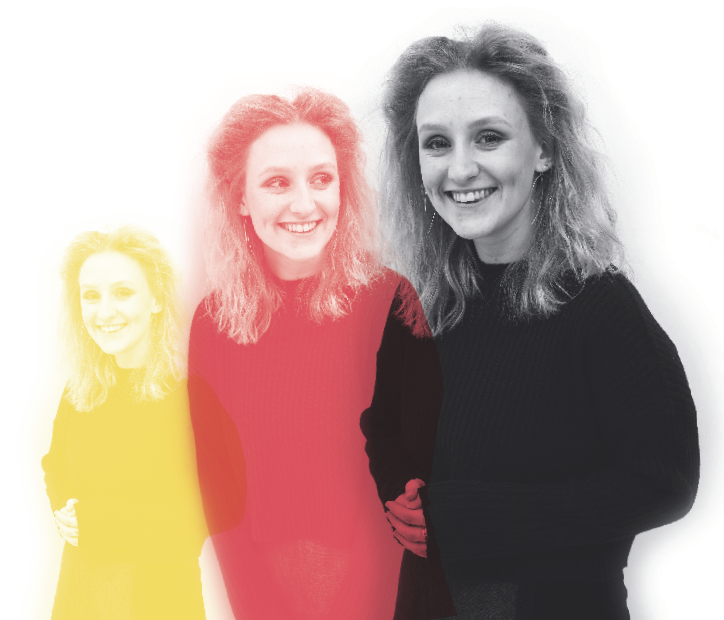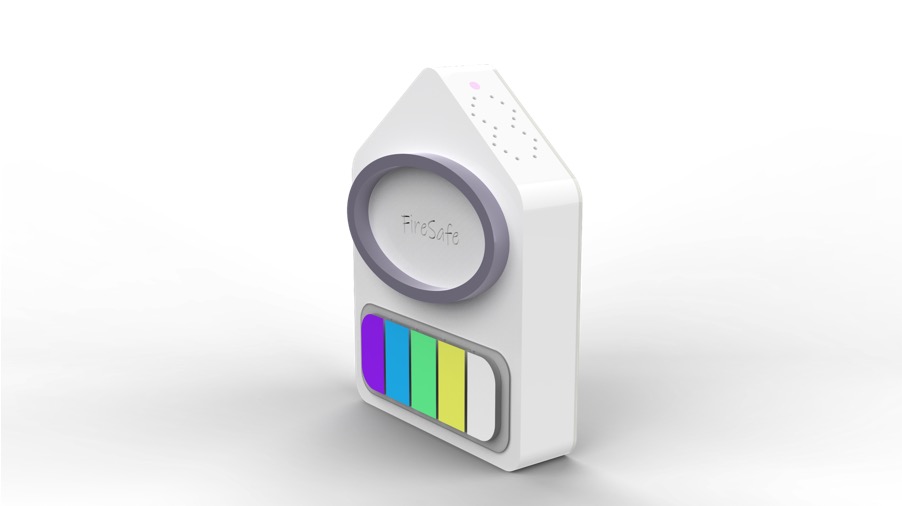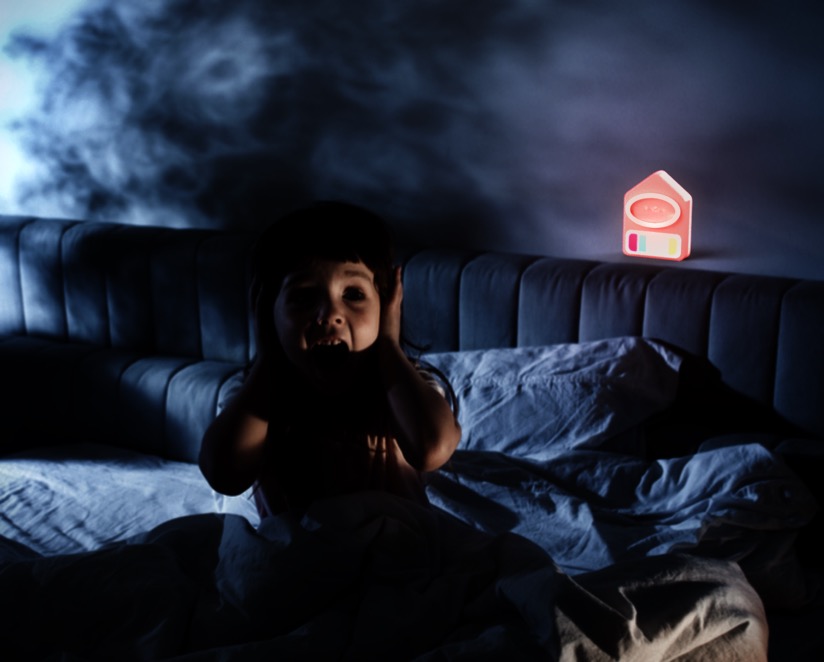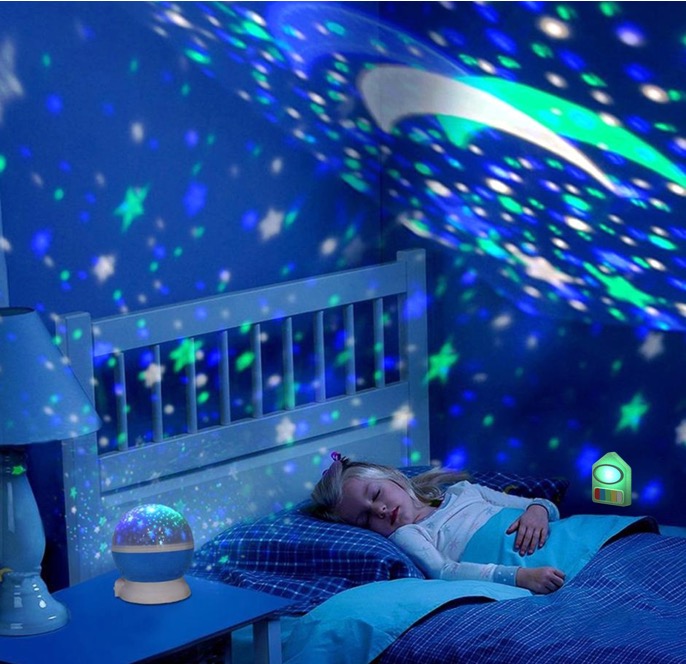
Final year project
A smoke alarm repeater for children’s bedrooms, waking under 18’s efficiently… [Read more]

Smoke alarm repeater safety light
Only 28% of under 18’s wake to a standard smoke alarm sounding when asleep. This puts children’s safety at risk if a house fire were to occur at night due to the lack of time available to evacuate the home, as well as other members of the home who consequently have to wake the children themselves. Updated audio and visual cues that are able to wake children from deep sleep quickly ensures as much time as possible for safe home evacuation.

Alerting to the presence of fire in the home
Taking the form of a safety light, FireSafe plugs in besides a child's bed and lights up automatically when the room is dark. Upon an emergency, the device hears the home smoke alarm sounding and in response flashes red and produces audio of audio ‘Fire, get out’ said in a woman’s voice combined with a 520Hz alarm noise. This enables under 18's to wake almost instantly the alarm, providing as much time as possible to evacuate the home. A detachable wristband on the front of the safety light can be worn by the child upon evacuating, aiding their visibility as well as emitting a loud audio to allow others to locate the child easier.

Safety light giving confidence to the family of a working smoke alarm repeater
When dark, the safety light will automatically turn on to a soft green colour, indicating to the household the device is operating as it should. If the light does not turn on at night, this will prompt children to notify their parents their safety light is not working, thus indicating the smoke alarm repeater is not working and requires maintenance. The colour of the light can be changed by the child to encourage interaction and a good nights sleep, whilst the presence of the device itself generates conversation in homes for families to ensure their smoke alarms are working and what to do in the event of a fire.

Inside a UK prison
With up to 90% of those incarcerated in the UK having mental health illnesses and the number of incidents occurring in prisons increasing, all steps necessary to help reduce the impacts of imprisonment on individual’s mental health and ensure their safety and wellbeing should be taken. Upon arrival at prison detainees are placed in a holding cell whilst being processed, this creates a setting where individuals are often most stressed and fearful in the prison due to the fear of the unknown when starting their prison journey. This is often exacerbated by the harsh environment of a holding cell that can have negative long and short term effects on individual's mental health.

What future holding cells could look like
Through adaptions to lighting, layout, stimulating material and exposure to nature in a holding cell, the environment can create a calming environment that has a positive impact on mental health and reduces anxiety and depressive tendencies in individuals. This could be feasibly done at low cost and relatively time efficiently, whilst prioritising the safety of both staff and detainees in the prison, and improving both parties wellbeing.
Lucy Crabb
Aiming to use Design and Human Factors knowledge to improve safety and mental health in others.
Being able to use a combination of Design and Human Factors skills allows for a structured approach to be taken that ensures products, services and environments are best suited for users needs. Considering cognitive, behavioural and physical traits of humans, it allows for the development of a world that adapts to the changing user, rather than expecting the user to change for the world. This skill set has been refined over 3 years of study and a year of professional experience, and will continue to be developed in future work.
Dissertation
An exploration as to how the UK prison holding cell environment can be improved to reduce the impact on detainee mental health
Final year project
A smoke alarm repeater for children’s bedrooms, waking under 18’s efficiently in the event of a house fire
Awards
'20 Diploma in Professional Studies
Experience
Effective use of ergonomics can improve modern design and engineering across a variety of disciplines in industry on a global scale, as seen when working with the Human Factors team at BAE Systems. Skills were developed in UX design, design and facilitation of workshops, undertaking and presenting user trial findings, and assisting future technology research in a range of roles and projects.
Placements
June 2018 - July 2019
Human Factors Engineer , BAE Systems